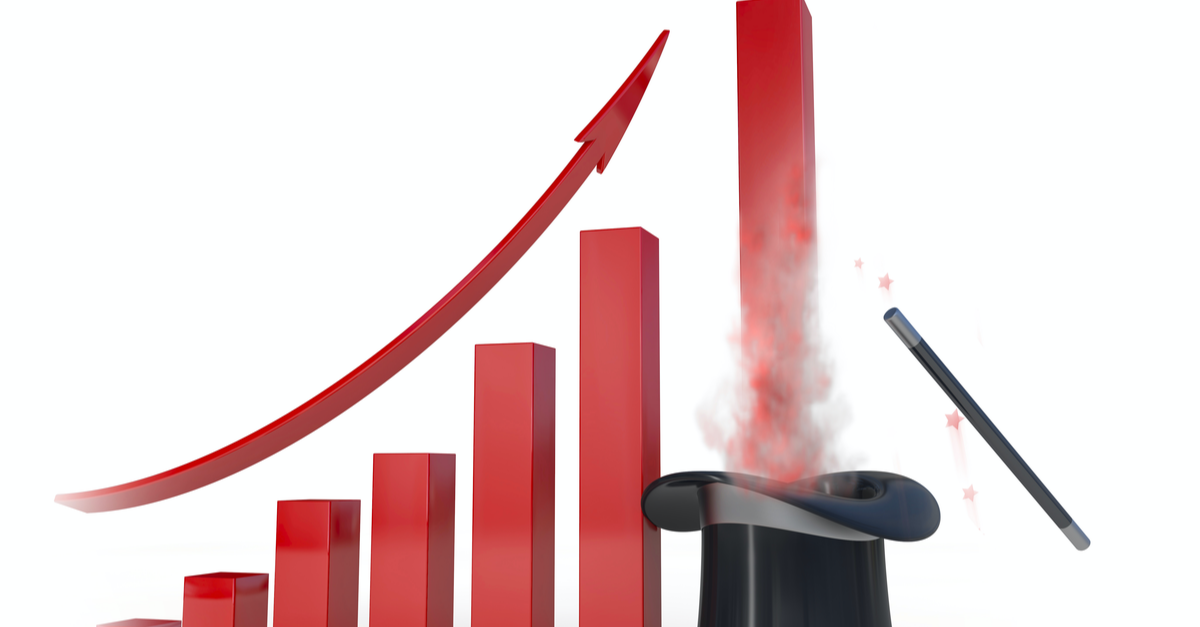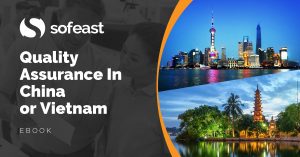 The RMB rate has been going up steadily against the USD (see below), and labor costs have been increasing even faster. When you add the raises in shipping rates and in certain raw materials prices, prices have often increased by more than 10% a year.
The RMB rate has been going up steadily against the USD (see below), and labor costs have been increasing even faster. When you add the raises in shipping rates and in certain raw materials prices, prices have often increased by more than 10% a year.
What can importers do to avoid getting their margins squeezed? Here are my 5 tips.
1. Become less sensitive to cost increases
Can you find a more profitable niche, where your products can be sold for a higher price? For example, if you import garments, can you sell some of them under a licence? Or maybe make working apparel that responds to the needs of a specific industry?
Can you develop your own designs? Can you push your own brand?
2. Save money thanks to smart product design
Can you re-engineer your product to require less manufacturing steps? Can you substitute cheaper components for the same result?
Here is an example of savings realized thanks to an engineering firm:
A large box-shaped product had 2mm thin walls and needed more torsion stiffness. With computer simulation and optimization we found that thickening the walls in certain areas had as much effect as thickening the walls everywhere, saving considerable weight and cost.
By using HIPS (High Impact Poly Styrene) instead of ABS we achieved another 30% cost reduction on the same part. The risk with HIPS however is that it flows less easily in a mold than ABS, generating weaker and more obvious knit lines in more sensitive areas. To overcome this HIPS material-associated weakness, we had to increase the wall thickness in these areas, while keeping tooling constraints and costs in consideration.
3. Remove excessive packaging
Can you reduce the packaging volume & cost while still protecting the product adequately?
And are you spending too long unloading and sorting through the cartons in your warehouse? Here is an excerpt from a previous post about packaging optimization:
If boxes were unitized onto slip sheets instead of poor quality pallets or loose-filled, containers can be loaded and unloaded in about 30 minutes. This also avoids free fall drops, limits scuffing issues against the walls of the container, and assures products are already categorized together.
4. Relocate production to cheaper areas
Be constantly on the move, and keep digging cheap factories wherever they appear: in Chinese inland provinces and in low-cost Asian countries (Vietnam, Bangladesh…).
The Global Sourcing Council and Panjiva just released the results of a survey that suggests more and more importers are in this case:
Buyers are shifting sourcing outside of China – Although 73 percent of buyer respondents currently source from China, 68 percent of them cited sourcing outside of China as “much more important” or “more important” in 2012 as compared to 2011. In fact, 34 percent of all buyers cited sourcing in new geographies as their top way of managing costs in the year ahead.
Other Asian nations remain the top sourcing alternative to China – More than half (53 percent) of respondents pointed to other countries in Asia as where they plan to source goods beyond China.
5. Save a few percentage points by paying suppliers in RMB
Chinese suppliers are currently betting on a fast increase of the RMB, even though many people think the rate of increase is slowing down. Pay suppliers directly in their currency and take that risk yourself if you have a bank account in RMB (for example in Hong Kong). More details in this article.
6. If none of these solutions is possible…
If there is no way for you to do any of the above, you are in an uncomfortable position.
In the short term, your company can probably survive, since most of your competitors are likely to be in the same situation. However, in the long run, your business will turn out zero profit. You will be competing against Chinese suppliers, selling directly on your market for close to no profit.
What do you think?
Get expert help to improve YOUR product quality from suppliers in China or Vietnam. Read: Quality Assurance In China Or Vietnam For Beginners
Grab your free copy of Sofeast’s eBook and learn how the common traps new importers from China or Vietnam fall into, and how to avoid or overcome them in order to get the best possible production results. It also outlines a proven quality assurance strategy that you can follow in order to have better control over your product quality, covering:
- Finding Suitable Suppliers
- Defining your Requirements before Production Starts
- Don’t Skip the New Product Introduction Process
- Regular Quality Inspections (Trust but Verify)
- Tying Payments to Quality Approvals
Sounds good? Hit the button below to get your copy now:


In my view the only sustainable way to keep cost low is to embark in a systematic cost improvement program with willing suppliers or alone. Program should cover all the items above and hopefully a few more (reduce required working capital . . .). This is nothing new.
But where good Chinese supplier may have an advantage is when some technical work or some work by professionals is required to achieve a cost improvement. While Western companies may have lots of cost reduction ideas, going through redesign, idea validation and implementation often create initial fixed cost that are too high compared to the unit savings and lead Western companies not to consider. Chinese companies most often will have a positive business case and can implement the change. So, months after month, Chinese manufacturers could see a cost reduction at least compensating for other price rises.
Of course, Chinese manufactures may not have the ideas. So there is a long term cooperation possible between needing buyers and willing suppliers. No easy to manage but when it works, it is powerful.
Thanks Etienne. You are right, a lot can be achieved with a motivated and open-minded manufacturer.
But its not easy as so many chinese manufactures are too reality in money and always have idea if lose this customer then still have another one…